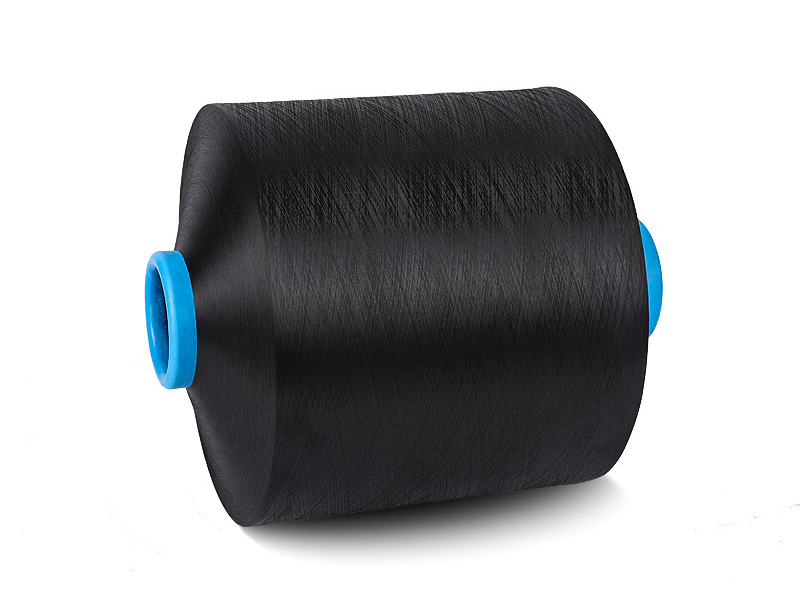Spun Polyester Yarn is a versatile fabric that can be used indoors or outdoors, is easy to care for, and is inexpensive. It is often used for outdoor fabrics, like tablecloths and pillows, but it can also be found in other products as well.
Unlike regular polyester, which is made from long, filament fibers that are woven together, spun poly is shorter in length. This allows it to be soft and absorbent without sacrificing strength. It is a great choice for those who want the stain resistance and durability of polyester but don’t need as much stiffness or stretch.
There are two main types of spun poly: spun polyester thread and corespun polyester thread. Both are similar to cotton thread, but have a more natural look and feel.
This type of yarn is ideal for sewing or serging, and it comes in a variety of colors, weights, and thicknesses. It is a good choice for shirts, pants, and bed sheets because it is strong, breathable, durable, and wrinkle-resistant.
The yarn can be twisted in various ways to produce different results. It can be twisted into fine, slender thread that is softer and smoother than traditional polyester thread, or it can be twisted in large, thicker thread that is more rigid and has a slightly rougher surface.
Spun polyester can be sourced from both virgin and recycled fibers. The recycled version of the product, known as r-PET, is made from 100% waste PET bottles and flakes that are melted down and re-spun into new polyester fibers. This process uses far fewer resources than new polyester production and creates fewer Co2 emissions.
It is a more affordable option than 100% polyester yarn and it can be dyed or printed to match your specific needs. It can also be used for a wide range of applications including packaging, insulation tapes, strapping, and various other products.
This yarn is available in a variety of counts, including 8/1, 8/2, and 10/1. It can be dyed to match any color or design you want and can be embroidered, sewn, or knitted.
There are two types of spinning systems for producing this yarn: ring spinning and rotor or open-end. Ring spinning is the oldest method of spinning and produces a higher-quality yarn. However, ring spinning is not as efficient as the rotor or open-end methods. It can only be done up to 10 times per spindle.
Unlike ring spinning, rotor or open-end spinning is more automated. It does not require roving, so it can be processed faster and costs less to make.
The rotor or open-end spinning system is very efficient and requires only a small amount of machine power. It is also the most environmentally friendly spinning technique because it does not produce any harmful lint or dust.
The rotor or open-end spinning process is a cost-effective way to produce the yarns needed for all kinds of textile applications. It can also be used to manufacture a wide range of specialty yarns, including green poly, eco poly, and Unifeel.



 English
English 中文简体
中文简体





